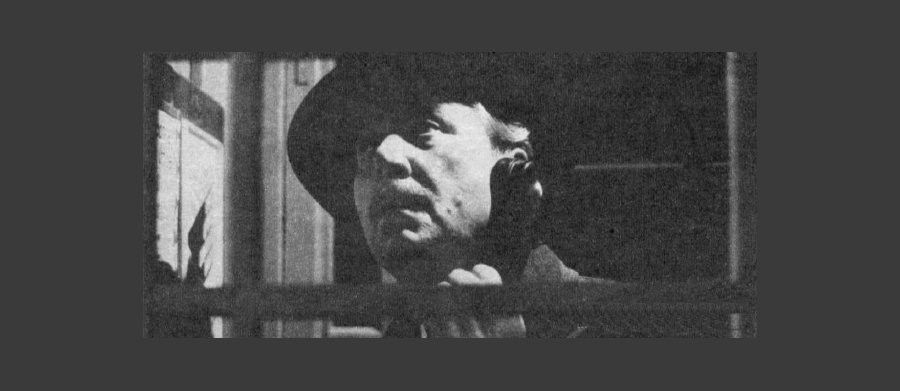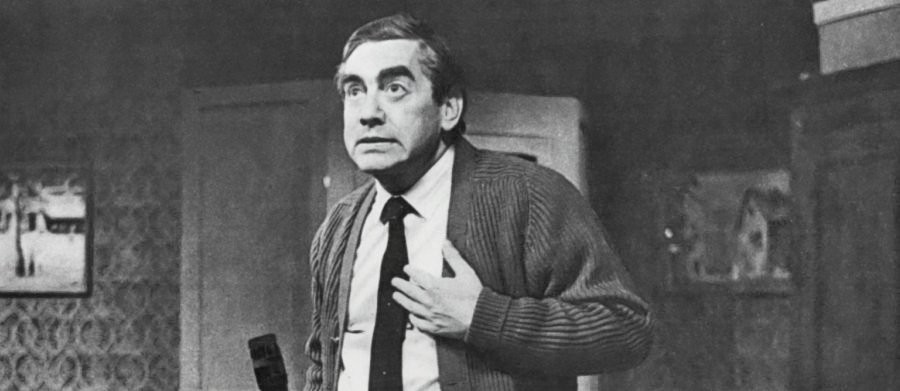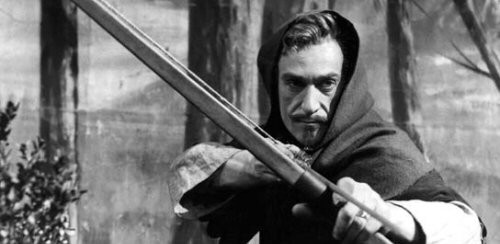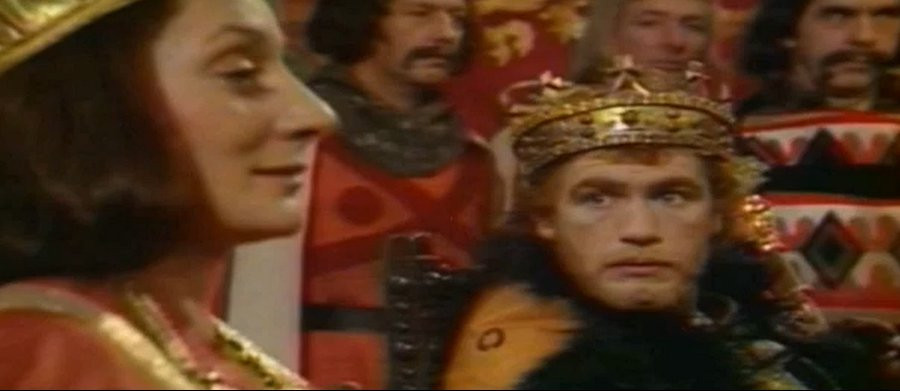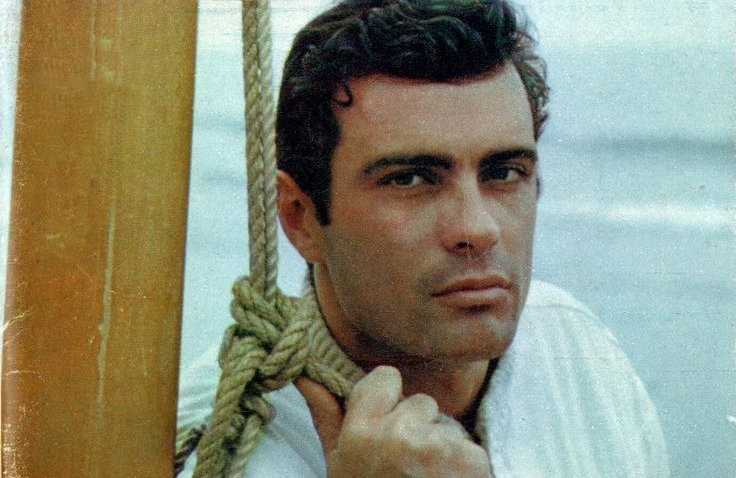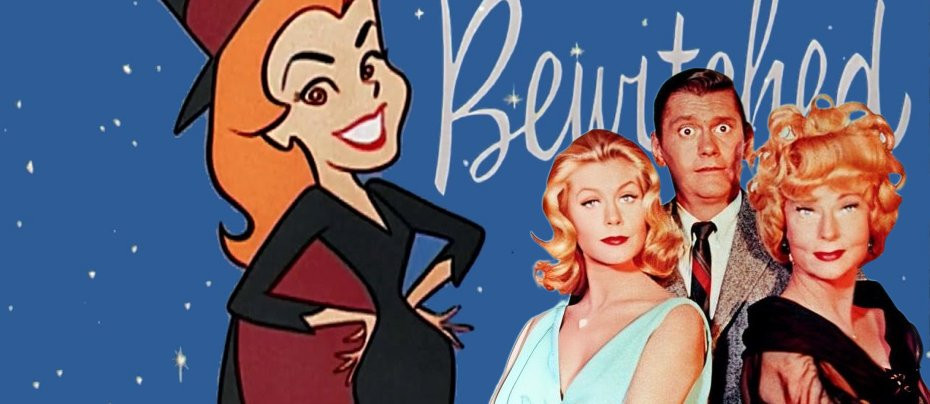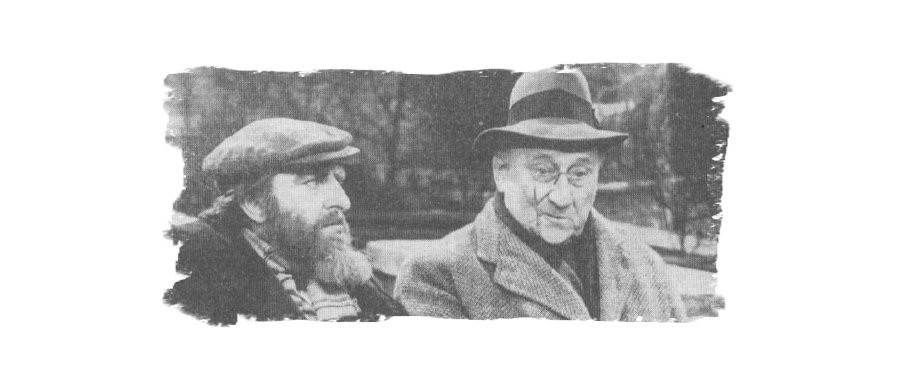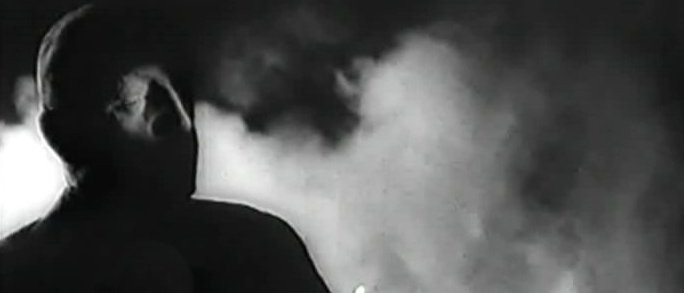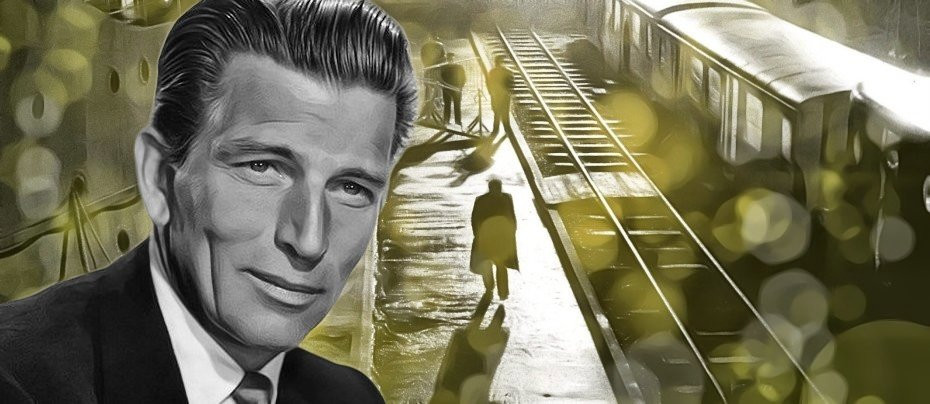
The Third Man
1959 - Uk UsaAn Anglo-American co-production, The Third Man was initially filmed at the Hollywood studios of 20th Century-Fox for the BBC by National Telefilm Associates Inc, a US company that had been producing some minor television series since 1951. From episode 21 onwards, filming switched temporarily to Shepperton Studios in England and finally, for the second series, to Associated-British Elstree Studios. In total there were 71 episodes.
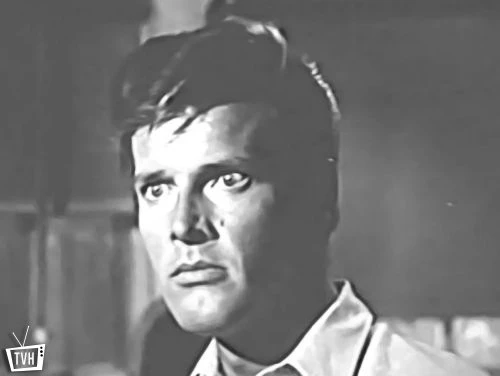
The Third Man was a rare example of transatlantic co-operation between the BBC, NTA and the British Lion Film Corporation and the early episodes meant that British viewers were able to see a number of US stars turning up in supporting roles which gave the series a true international flavour. Rewatching the series now avid starspotters would be able to pick out Roger Moore, Barbara Shelley, Lorne Greene, Jean Marsh, Rupert Davies, Maxine Audley, Dawn Adams, Jack Hedley, Geoffrey Chater, Roger Delgado, Mai Zetterling, Felix Aylmer, Laurence Naismith, Delphi Lawrence, Sydney Tafler, Elizabeth Montgomery, John Le Mesurier, Jill Ireland, Patrick Troughton and Alfred Burke in its Anglo-American line-up.
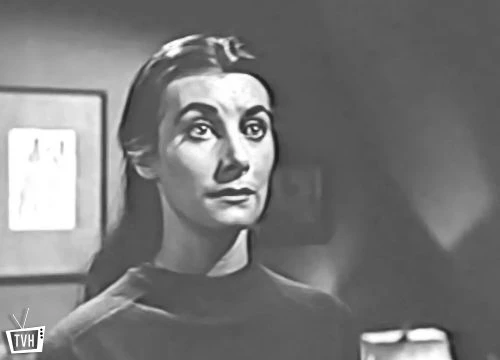
Michael Rennie as Harry Lime was the star of the series and he was supported by Jonathan (Lost in Space) Harris as Bradford Webster, the Treasurer of the companies owned by Lime. The series was derived from Graham Greene's original screenplay for the 1949 Carol Reed/Orson Welles film but bore very little resemblance to it. Whereas the original story was set in an atmosphere of an exhausted, cynical post-war Vienna at the start of the Cold War and the Lime character was completely amoral, had little to no regard for the lives of others and cared only about himself, the Radio Times, advertising the first episode of the series in October 1959 told expectant viewers that Rennie would give an elegant, detached, amused, yet powerful portrayal of the 'new' Harry Lime.

Of course, spoiler alert, at the end of The Third Man film Lime had met his mortal end in a dark and cold sewer from a bullet fired at him by his former friend Holly Martins. But then George Dixon had suffered a similar fate, shot by a hoodlum at the end of The Blue Lamp only to be resurrected by the BBC for Dixon of Dock Green, so why not go down that route again and explore what would have happened if Harry Lime had lived? What sort of man would he have become in the world of today - away from the intrigue, the black market and the sewers in the end-of-the-war Vienna?
The series primarily revolved around the business dealings of Lime as the head of "Harry Lime Limited" in London, "Harry Lime Incorporated" in New York and similar organizations in most of the world's capitals, which took him to various countries. And while he was still in the pursuit of wealth through a number of shady deals, he was essentially a private investigator or gun-for-hire who would become involved in the pursuit of equally shady characters or carry out investigations on behalf of the rich and powerful. As a romantic rogue the new Harry Lime was more of a Saint than sinner you might say. The only other connection with the 1949 film was that the series retained the distinctive Anton Karas theme tune.
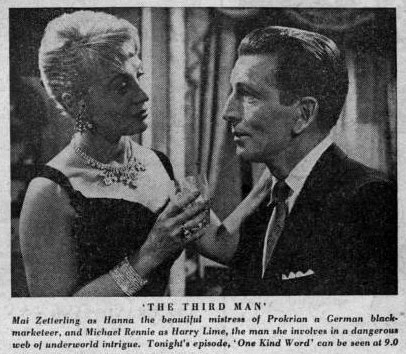
The series first aired in the USA in January 1959 but British viewers had to wait until late October for the first episode. The Third Man was only mildly successful and after it ended its two-season regular run (1959-60) it would turn up haphazardly with new episodes on the BBC between 1962 and 1965. As one of the first private detectives to appear on British television, The Third Man paved the way for countless other TV detectives that followed.
Seen this show? How do you rate it?
Seen this show? How do you rate it?
Published on November 19th, 2021. Written by Marc Saul for Television Heaven.


